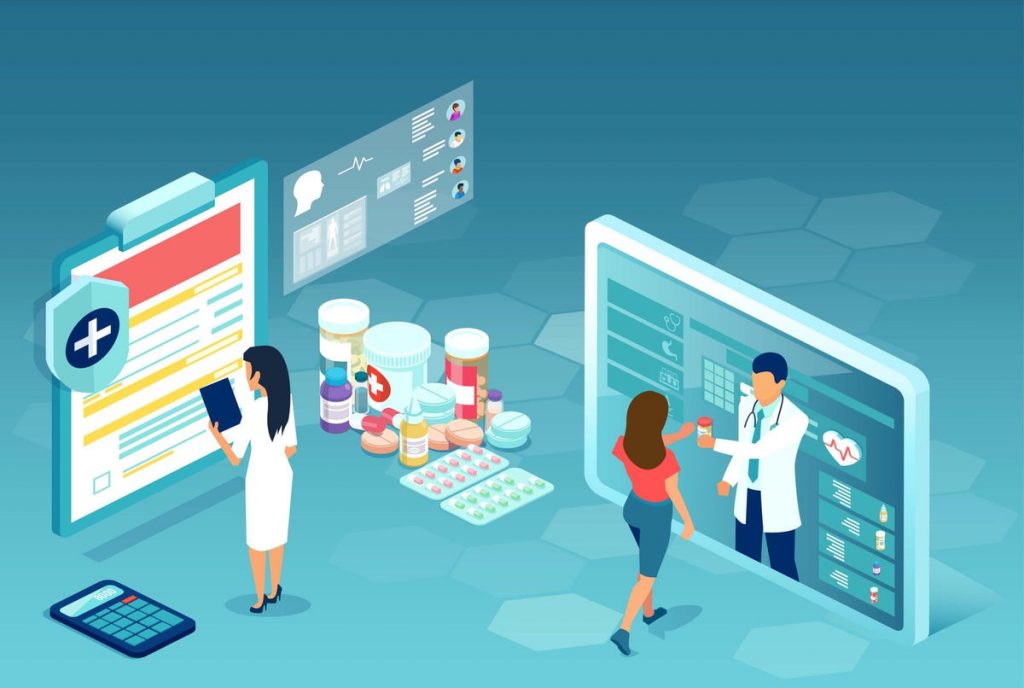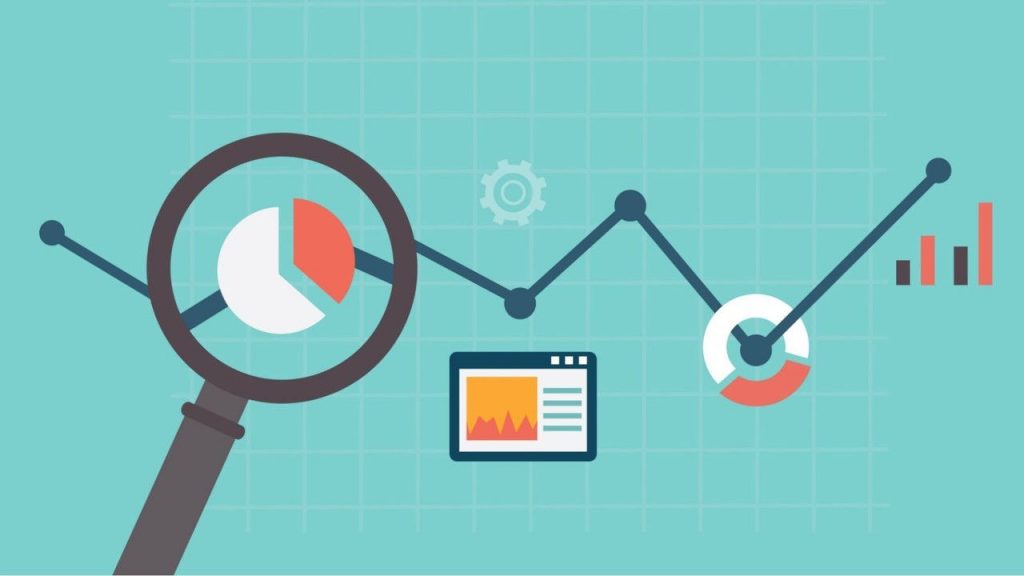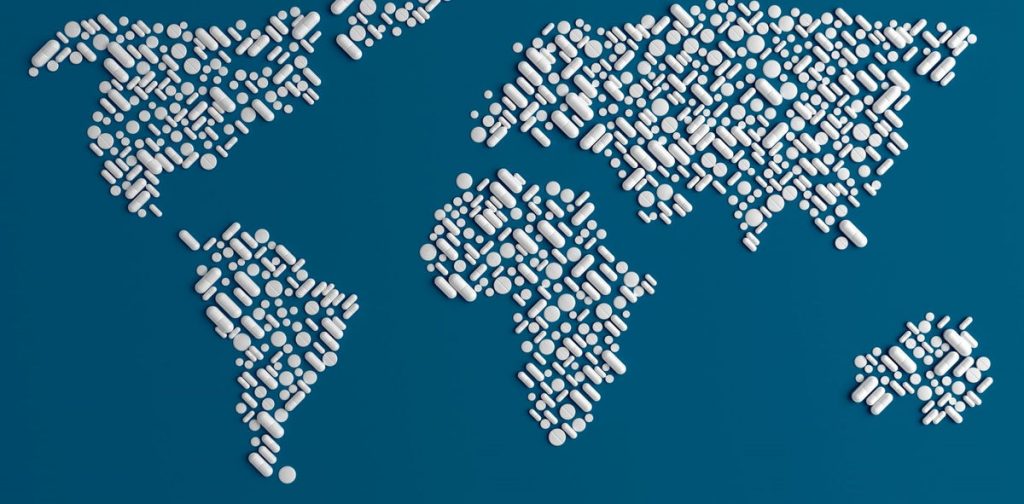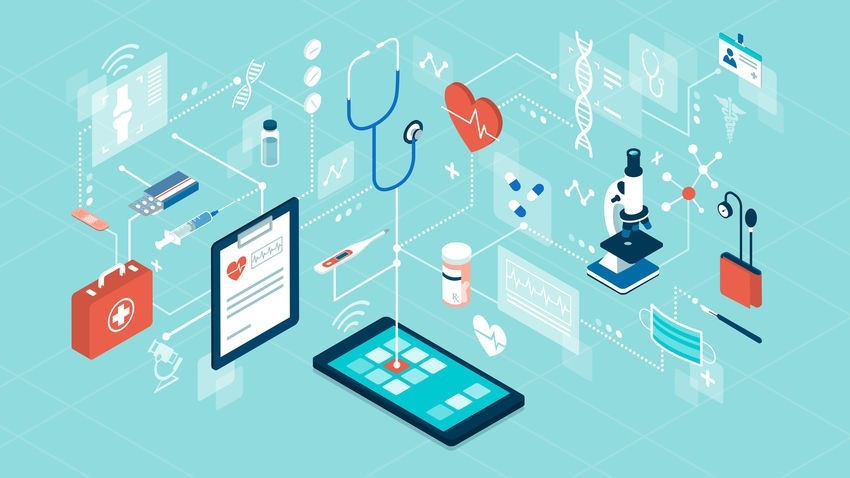
Just as the global pharmaceutical market is forecast to reach over $1.3 trillion by 2022, the industry is also preparing to overhaul its supply chains to keep up with consumer demand. In this blog post, we’ll explore the top 9 transforming trends of pharmaceutical supply chains and how they impact businesses, both big and small. Pharmaceutical supply chains are evolving rapidly as technology transforms the way drugs and medical supplies are sourced, produced, and delivered. Here are 9 key trends that will shape the future of pharmaceutical supply chains:
1. Transportation:
Value-added services are becoming increasingly popular as companies reduce costs and streamline operations. A trend that’s taken off in most industries, third-party logistics (3PLs) are quickly becoming the go-to option for pharmaceutical manufacturers who need assistance with their supply chains – especially when it comes to transportation. Third-party logistics providers such as Northwest haulage companies handle a large percentage of the supply chain while reducing costs and improving efficiency for their business partners.
2. Improvements in robotics and automation:
The pharmaceutical industry is notoriously laborious, producing various components within a given drug dosage that require manual assembly and proper attention to detail. Thanks to advancements in robotics and automation, pharma companies can make their products more quickly and with greater consistency. For example, Baxter International’s website touts the company’s development of “a fully automated, robotic cell for vaccine production—one that runs faster and more reliably than earlier generations.”
3. Improvements in analytics:

According to a 2015 survey by the American Society of Clinical Oncology (ASCO), one-third of cancer patients fail to fill their prescriptions. A significant reason for this is that getting the right drug to the patient at the correct dosage and in proper form can be complicated. This crisis only worsens as cancer treatments become more specialized and complex.
Fortunately, analytics technology can help companies improve their supply chains so that patients receive drugs with fewer errors and less confusion. Earlier this year, Amazon began testing an automated robot that delivers medications to employees at its Seattle headquarters. As technology continues to be developed, it will play a crucial role in helping companies avert drug shortages by providing more transparency into their supply chains.
4. The shift towards specialty drugs:
According to the University of Utah, an estimated 6,000 out of 7,000 drugs in critical or high shortage were for specialty treatments rather than common ones. With medical technologies developing at such an unprecedented rate, it’s becoming difficult for companies to keep up with rising demand. The number of specialty drugs is increasing, yet this has not improved margins for pharmaceutical manufacturers. The high costs of specialty drugs are causing many healthcare systems to transition their focus towards generics, which offer clear financial advantages.
As a result, companies must pay increased prices and sacrifice the quality of products they source. It is where technology steps in: as more advanced medical technologies continue to be developed; it will play a crucial role in helping companies avert drug shortages by providing more transparency into their supply chains. Is this trend good or bad, you decide.
5. Globalization:

The globalization of pharmaceutical supply chains is accelerating. The nature of globalization has changed, moving from labor-intensive to knowledge-based to now requiring advanced technology that goes beyond the capabilities of many large companies. As pharmaceutical supply chains evolve into more complex systems, they also become more vulnerable to risk and disruption. Companies are looking for ways to automate and digitize supply chains to avoid these risks. Globalization is neither inherently good nor bad; it’s all about how you use it to your advantage.
6. Technological Advances:
The notion that technology is changing and improving supply chains is hardly new, but the depth and breadth of these changes today are staggering. In the past, companies were content with using technology to automate transactional logistics, but today’s new technologies are changing the game. The pharmaceutical industry is even more aware of this fact than most other sectors, given its inherent reliance on sensitive devices and materials to help save lives.
As technology advances and becomes more accessible to everyone, manufacturers and healthcare institutions are leveraging the power of digitization to both operate supply chains and increase their speed to market. Pharmaceutical companies need to innovate and bring products to market faster than ever before. It places a premium on the ability to outsource work across supply chains while also providing greater transparency into each process step.
From medical casting to packaging and delivery, technology is transforming the entire pharmaceutical supply chain. Also, as technology advances, the data generated can be used to optimize supply chain processes further.
7. Supply Chain Digitization:

Pharmaceutical companies, like most industries, are quickly adopting digital technologies as a means to reduce costs and speed up decision-making. Gartner predicts that by 2020, 40% of supply chains will be managed with some supply chain digitization. It includes RFID tags, IoT sensors (facial recognition tags), and near-field communication tools. Digitizing supply chains enables all types of stakeholders within a pharmaceutical company (e.g., researchers, marketers, clinical operations) to quickly access accurate data. The same digitization that’s transforming many industries is also changing pharmaceutical supply chains.
8. Inventory Management:
The days of the “just in time” shipment are gone—companies need to take a proactive approach to ensure they can maintain a lean inventory. That means making decisions about how much stock should be held based on data collected from multiple sources, all while taking into account any potential disruptions in supply chains. Even with a digitization strategy in place, inventory management is often overlooked as a supply chain function that needs to be demystified and systematized. Luckily, several companies specialize in helping pharmaceutical companies discover hidden insights from their current inventory management strategies, including how much inventory they have, which locations have the highest list, and what types of merchandise each area holds.
9. Transparency:

Pharmaceutical supply chains are more complex than most. Different supply chain elements often interact with each other, leading to a tangled web of interactions between suppliers, manufacturers, distributors, and retailers. The industry is pushing for greater transparency to help identify issues quickly and solve them better. For example, blockchain can create a more transparent supply chain by verifying and tracking each transaction on a legal record. If the blockchain is accessible from different locations, then that means that there can be opportunities for business owners or members of staff to add their transactions into the blockchain. It adds a level of transparency because all transactions on the product’s journey can be seen in an open ledger.
Conclusion
It’s clear that the pharmaceutical supply chain is rapidly evolving, and if you’re not prepared, your business could be left behind. That’s why it’s essential to stay ahead of the curve and keep up with the latest trends. These top 9 transforming trends of pharmaceutical supply chains will help you better understand what’s happening in the industry.




Recent Comments